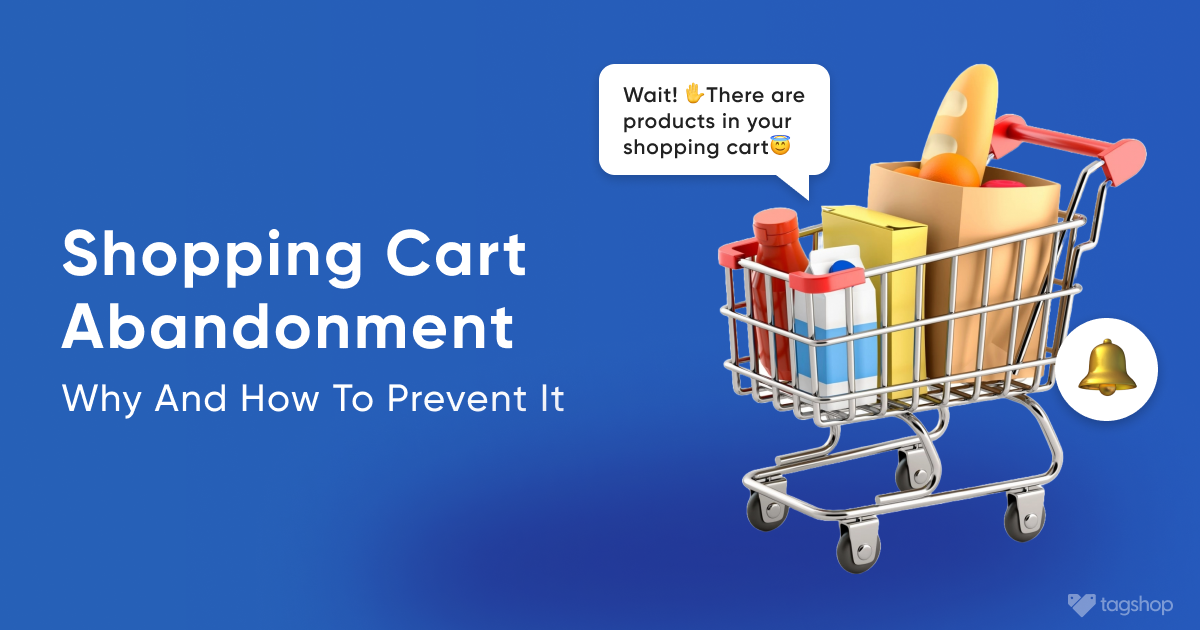Shopping Cart Abandonment: Why And How To Prevent It
Imagine this: a potential customer invests a significant amount of time browsing through your products. Say days or even weeks. Just as they put, they add products to the cart, and they vanish before finishing the checkout. It’s baffling. And exactly what shopping cart abandonment is in eCommerce.
Studies show that 70.72% of online shopping carts don’t make it through checkout. That’s a number worth noticing.
But it’s also worth noting that many of these abandoned carts result from mindless scrolling on the customer’s part, leading them to a ‘close-to-purchase’ stage. These carts are irrevocable.
However, many of these carts can be recovered, enabling you to generate high revenues. Here are the top reasons why shoppers abandon carts:
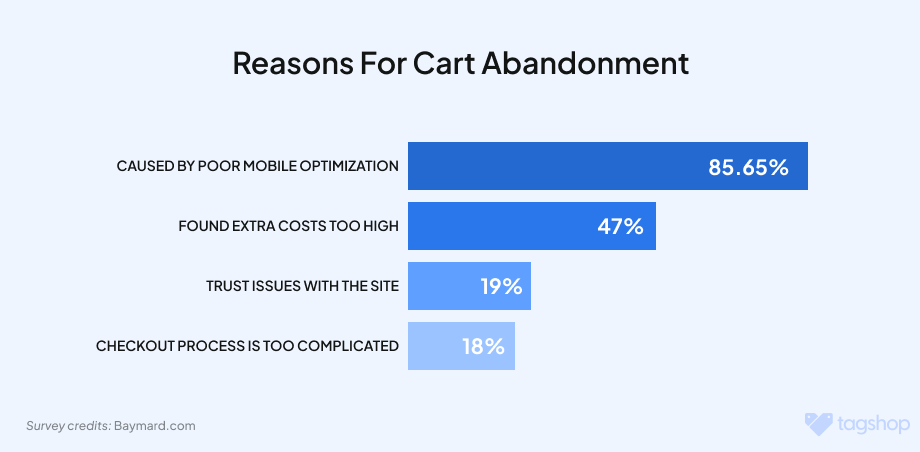
Top Reasons Why Shoppers Abandon Carts
Before we take a look at why cart abandonment usually occurs, let’s begin by understanding what shopping cart abandonment is.
Cart abandonment is a phenomenon that occurs when shoppers or potential buyers visit your brand’s eCommerce site, spend considerable time exploring your products, add products to the cart, and then leave the site without completing the purchase process.

As mentioned earlier, shopping cart abandonment often occurs when a user is simply browsing without intending to make a purchase. However, there are distinct and proven reasons why shoppers don’t complete their purchases. These factors could be related to either you or your website. Let’s find out about them in detail:
1. Comparison Shopping
Be it a small commodity or a hefty purchase, customers today benefit from an overpopulated marketplace. They have options to explore, which is why they are naturally inclined to hunt for the best deal.
They might leave their carts behind to explore other options, seeking a better price, different features, or enhanced value elsewhere.
This behavior is like browsing different stores at a mall before making a final purchase decision, leading to many abandoned carts.
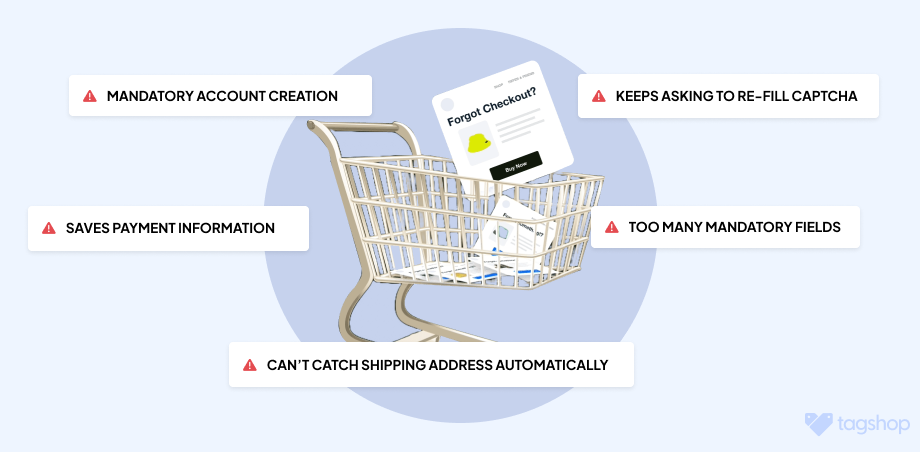
2. Tedious Checkout Process
People rely on eCommerce stores for convenience, but a tedious checkout process nullifies this idea.
When the checkout process is overly complex or requires too many steps, it can discourage shoppers from completing their purchases.
Too many mandatory fields, such as creating an account or connecting your email to your profile, can make an online checkout complicated, which can frustrate shoppers and cause them to abandon their carts instead. Streamlining the checkout process by offering efficient marketplace payment solutions can significantly reduce cart abandonment rates.
3. Extra Added or Hidden Costs
There’s nothing more repelling than having hidden costs associated with your products. Unexpected costs like shipping fees, taxes, or other surcharges that only become apparent during checkout can lead to shopping cart abandonment.
Statistics tell, nearly 48% of shoppers leave their cart behind because of high extra added costs.
It’s similar to finding out about additional charges after picking up an item in a store, causing shoppers to reconsider their purchases.
4. Limited Payment Options
Digitalization is the present. It is spreading across and transforming even concepts like transactions. There are just so many new ways to make transactions and shoppers want comfortable ways to complete their payments.
Options like PayPal, Credit Cards, Debit Carts, and Wallets should be inclusive as online shoppers can feel deterred by a lack of convenient payment options and abandon carts last-minute.

5. Non-Flexible Returns
A non-flexible return policy can be a brand’s biggest bane. A rigid return policy might indicate to customers that the company lacks confidence in the quality of its products. This lack of confidence can lead to hesitation on the part of the shopper.
Shoppers value a hassle-free return process. And this lack of flexibility might persuade shoppers to opt for a competitor that offers a more lenient return process, leading to abandoned carts.
6. Lack of Trust
Trust is essential in any transaction. Especially when it comes to eCommerce shopping. Because users can’t physically see and judge the products, they look for social proof to gain confidence in their purchasing choices.
If a website appears unsafe or fishy, lacks customer reviews, or has an unclear Data privacy policy, shoppers may feel uneasy about sharing their payment information, ultimately leading to an abandoned shopping cart.
Shopping is not a destination, it is a journey. For customers, they must experience a seamless process. In this section, we have discussed why your customers might be leaving their purchases incomplete. But what’s important is how businesses can recover or even prevent these abandoned carts entirely.
Let’s understand it better and in detail.

The Psychology Behind Shopping Cart Abandonment
Shopping is not just about making a purchase. It is also an investment and a commitment. Customers want to feel sure and confident about their purchases, so it is crucial to make your customers’ shopping process as smooth and trustful as possible.
Understanding the psychology behind abandonment can shed light on why potential customers leave their carts behind.
Various reasons can contribute to this customer behavior, including a lack of brand trust, a missing emotional connection with the product, or a lack of confidence in the purchase.
It is essential to implement effective strategies that can help businesses prevent this. Let’s find out some strategies.
Abandoned Cart Recovery: Strategies To Prevent Shopping Cart Abandonment
Before discussing the strategies to prevent cart abandonment, let us understand what shopping cart abandonment recovery is and its scope in boosting a business’ revenue.
Shopping cart abandonment recovery refers to the strategies and techniques businesses use to re-engage with customers who have added products to their online shopping carts but have not completed the checkout process.
Statistics suggest that cart abandonment recovery practices can lead to up to 20% increase in online sales.
Shopping cart abandonment is a common occurrence in e-commerce, here are a few strategies to reduce cart abandonment:
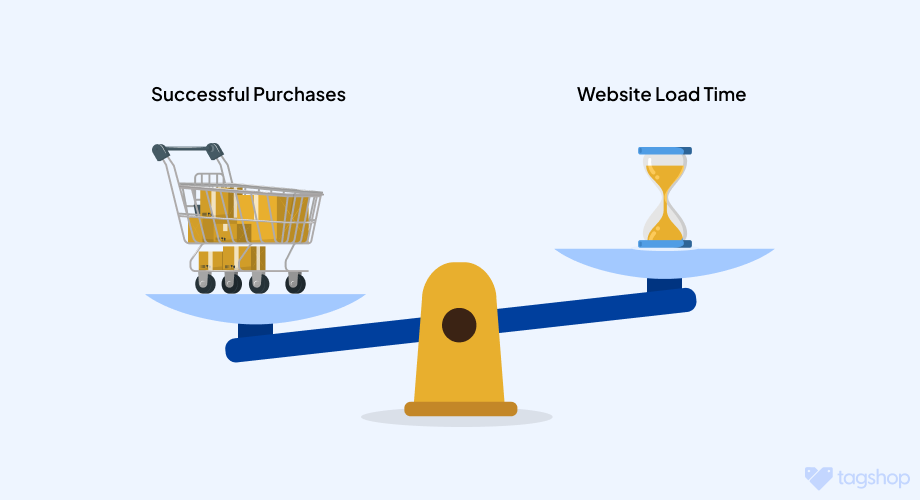
1. Improve Site Performance & Load Time
A smooth and quick website interface is an absolute plus for customers. This includes ensuring fast loading times through image optimization, caching techniques, and minimizing dedicated server downtime.
Not only does this prevent frustration and abandonment, a speedy website also contributes to an increased AOV, as a well-performing website enables customers to feel more connected and engaged.
2. Work On Mobile Optimization
Statistics show over 81% of cart abandonments occur while utilizing mobile phones. It is fair to say, working on mobile optimization is not just an added benefit for eCommerce, it is non-negotiable.
With a growing number of shoppers using mobile devices, it is essential to prioritize mobile optimization. Create a responsive design that adapts seamlessly to various screen sizes. Simplify navigation for touchscreens, ensuring buttons and links are easy to tap, and incorporate mobile-friendly payment options that enhance the user experience on smaller screens.
3. Invest In Email Marketing And Retarget Customers
Maintaining customer loyalty might seem simple, but with the vast variety of options in the market, it can be challenging. Often, shoppers may not even recall the items they were considering, left untouched in their virtual carts.
This makes it crucial to leverage the power of email marketing to recover abandoned carts. Host email campaigns with integrated shoppable galleries that not only remind customers of their unpurchased items but also enable them to buy items directly with ease. Personalize these emails by including the items left in the cart and suggesting similar products. Offer incentives like discounts or free shipping to entice customers back and prompt them to complete their purchases.
4. Keep Extra Charges (If Any) Transparent
Another effective strategy to reduce cart abandonment is removing extra or hidden charges. It is a major turn off for users and a big reason behind your abandoned carts.
Offering free shipping or clearly displaying all additional costs upfront, whether for print on demand products or others, helps build trust and reduces the likelihood of customers leaving their carts behind.
When customers feel informed about the total cost, they’re more likely to purchase, knowing there won’t be any unpleasant surprises.
5. Provide A Simple Checkout Process
Here’s a question: how would it make you feel, as a customer, if a brand makes account creation mandatory? It’s too much work, and you would feel bound.
Simplifying the checkout process reduces friction and encourages completion. Streamline the steps required to finalize a purchase. Consider offering guest checkout options to cater to customers who don’t want to create an account. Displaying progress indicators helps users visualize the completion process, keeping them engaged.
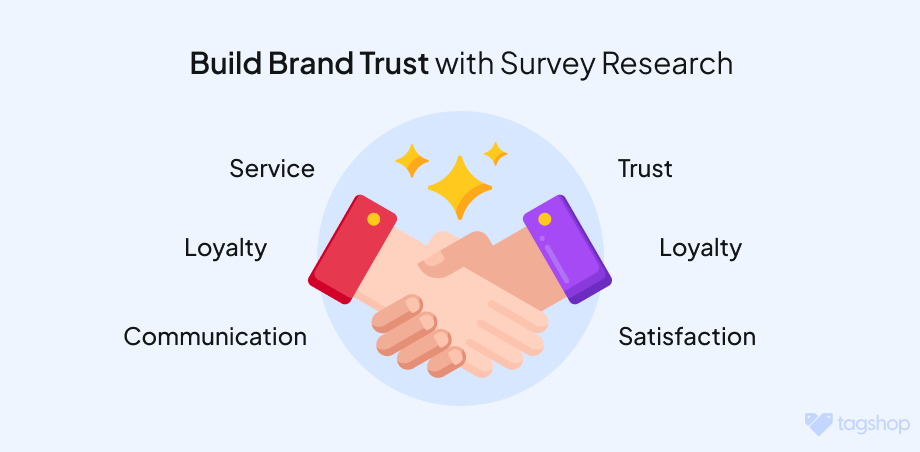
6. Work On Building Brand Trust
Creating a store that people trust is an easy way to increase the number of people who buy from you and the amount they spend. Integrate elements like customer reviews and ratings and posts they’ve made (User-Generated Content) into your website.
These show that your brand is reliable and makes customers feel sure about shopping with you. This helps them trust you more and reduces the chances of them leaving their carts without buying anything.

Through implementing these effective strategies, businesses can successfully reconnect with customers who have abandoned their shopping carts, leading to substantial growth in their revenue. However, there’s one powerful strategy that often goes overlooked: harnessing the power of user-generated content.
No matter what, every brand has some pre-existing UGC of their brand in the form of reviews, testimonials, videos, or images, and brands can re-purpose this content to diminish their abandoned carts.

User-Generated Content To Reduce Cart Abandonment
User-generated content plays a pivotal role in curbing cart abandonment by instilling trust and authenticity in potential buyers of your products.
When customers come across UGC such as reviews, testimonials, images, and videos from existing shoppers who have already purchased and enjoyed the products, it reduces doubts. It builds a sense of surety, reducing any concerns they might have about purchasing.
In addition, brands that have integrated shoppable galleries of user-generated content on their websites have experienced better sales due to a more seamless shopping journey. So, it is fair to say that UGC reinforces the product’s value and establishes a connection between the brand and its customers, enhancing the shopping experience.
By incorporating UGC strategically, businesses humanize their offerings and create an engaging environment significantly reducing cart abandonment rates.
Conclusion
In this eCommerce landscape, where options abound and decisions are made in a matter of clicks, the importance of building a trustworthy store cannot be overstated. As we’ve explored, the key to reducing shopping cart abandonment and boosting conversion rates goes hand in hand.
By following strategies to improve your business and turning it into a customer-centric brand, you can experience high growth and revenues. Not only that, but you can also build a business that stands out in the crowded online marketplace.
